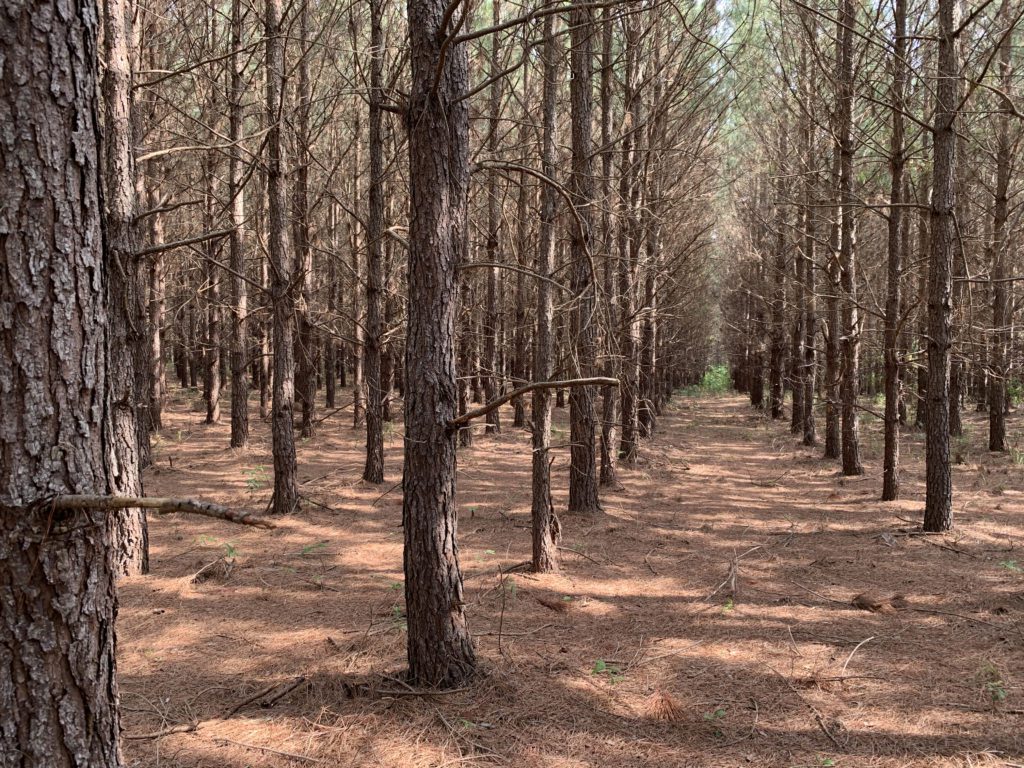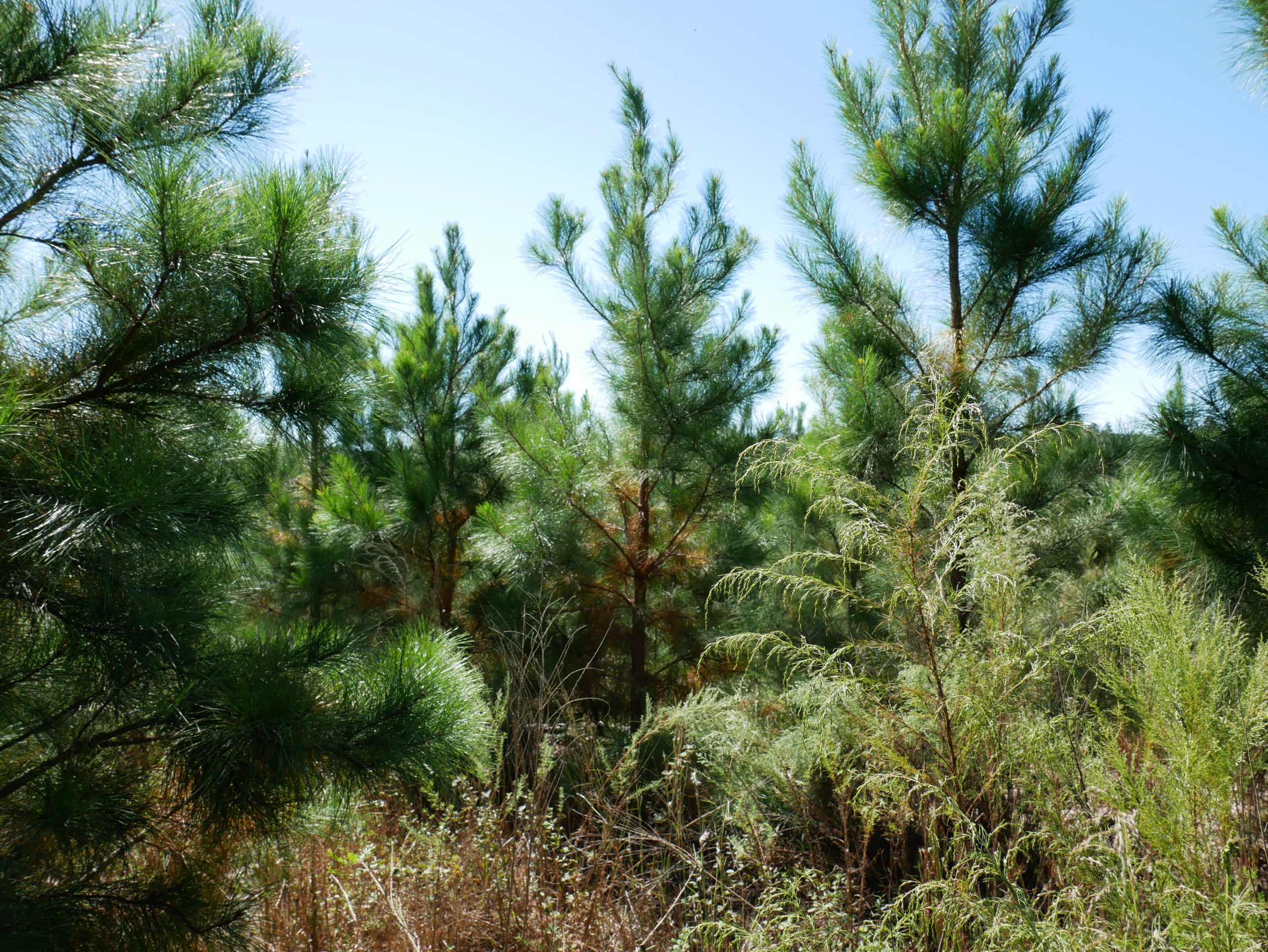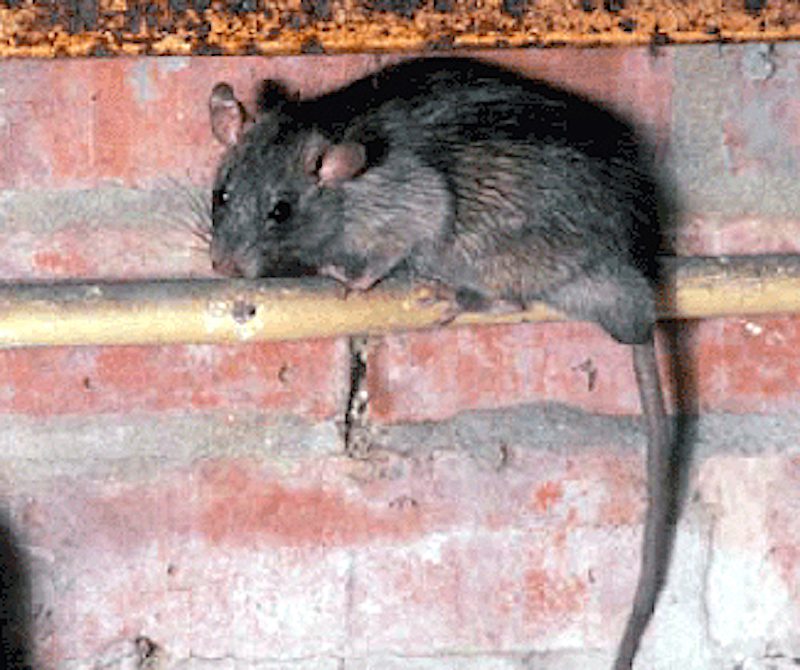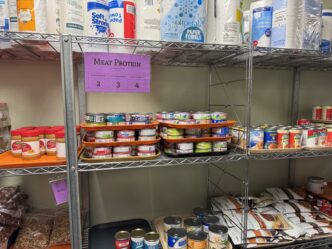No industry contributes more jobs to South Carolina’s economy than forestry, and with a major shift in ownership of the state’s forestland looming, Clemson Cooperative Extension is working to ease that transition — by making an introduction to forest management practices just a bus ride away.
“The goal here is to have a forestry 101 course — or something close to that — to help new and beginning forest owners get started with sustainable forest management,” Clemson Associate Professor of Forest Operations Patrick Hiesl said. “We aim to provide participants with examples of different forest management practices and show them what these practices look like on the ground.”
On Oct. 19, with pickup locations in Columbia and Newberry, experts from the Clemson Extension Forestry and Natural Resources team, the U.S. Forest Service and S.C. Forestry Commission will lead a day-long bus tour of the forest management practices implemented in the life cycle of a pine forest, from planting to forest maturity.
Tour stops include an active timber harvesting operation, a 1-year-old artificially regenerated stand, young forest stands approaching canopy closure, stands ready to be thinned, and thinned and prescribed burned stands. Throughout the tour, participants will also learn how these forestry practices protect and enhance nontimber resources.
Two locations — 8:15 a.m. in Columbia and 9 a.m. in Newberry — will be available to board the bus, and participants will be notified of the pick-up locations one week prior to the tour. Registration is $40 per person, includes lunch, and is available here: https://tinyurl.com/CUbustour.

“The tour stops will follow the cycle of a pine forest, beginning with an active logging job,” said Extension Area Forestry and Wildlife Agent Janet Steele. “Subsequent stops will feature the next stage in the development of a forest, and participants will be able to see how not only the trees but also the other non-timber resources in the forest change as the stands age. Natural resource professionals and a private landowner will join the Extension forestry team as speakers at each stop.”
South Carolina’s forest industry contributes $21.2 billion to the state’s economy and ranks first in jobs, second in labor income and third in direct economic output among industries, per the S.C. Forestry Commission, with over 60% of the state’s timberland in private family forests.
But over 50% of current forest owners are 65 and older and will pass their property to heirs, or property can be sold following a primary owner’s death, and new owners often have had little exposure to forestry operations. This can lead to misunderstandings or misconceptions about management practices and, in turn, to mismanagement or no management of timberlands.
Steele said the tour aims to show participants the beauty and benefit of every stage of the cycle of a pine forest.
“People often mistake a clearcut as ‘deforestation,’ which is the conversion of timberland to a non-forestry use,” Steele said. “A clearcut, young stand provides habitat resources for a wide range of wildlife species that cannot be found in any other stage of the forest.”
Any wooded acre in South Carolina that is completely harvested is going to grow back in trees if it is not converted to another use, Steele said, and new trees will regrow naturally from seeds or sprouts, or the area can be replanted.
“Proper forest management improves the health and productivity of our forests, which ultimately means that these forests are going to do more to clean our air and water and provide resources for our wildlife,” Steele said.
Hiesl, a faculty member in Clemson’s Department of Forestry and Environmental Conservation, said another common misconception among novice forest owners is that all trees, including small trees and shrubs, are removed after a clearcut — but that is not the case without contractual stipulations and extra fees.

“Some forest owners I deal with also do not understand that a recently harvested site is not necessarily a pretty site,” Hiesl said. “There will be equipment trails across the site, maybe some mud or loose soil. Stumps will be everywhere, and there will be some leftover slash, such as branches, treetops, etc., spread across the site.
“Especially the spread-out slash seems to cause some trouble with a handful of forest owners who don’t know what to expect. Slash is important to protect our water quality on many sites. Showing participants that these ‘messy’ cut sites will grow back within a few years into green forestland will hopefully help to manage their expectations and dissolve any misconceptions they may have.”
A second, complementary tour is planned for March and will focus on South Carolina’s wood products industry. The tour will follow harvested wood coming off log trucks as it is processed while touring a pulp and paper mill, as well as a solid or composite wood products mill.
“For this tour our goal will be to show forest owners what happens to their trees after they are harvested from their property,” Hiesl said. “I believe this creates a great connection between the trees that participants grow and some well-known products they use every day.
“This is also a good point to talk about the value of these products and how that can impact the bottom line of the forest owners. But it is also a place to talk about expectations and that every forest produces multiple products and that not every tree will turn out to be of the highest value.”
For more information, contact Steele at 839-900-1354 or jmwatt@clemson.edu.







